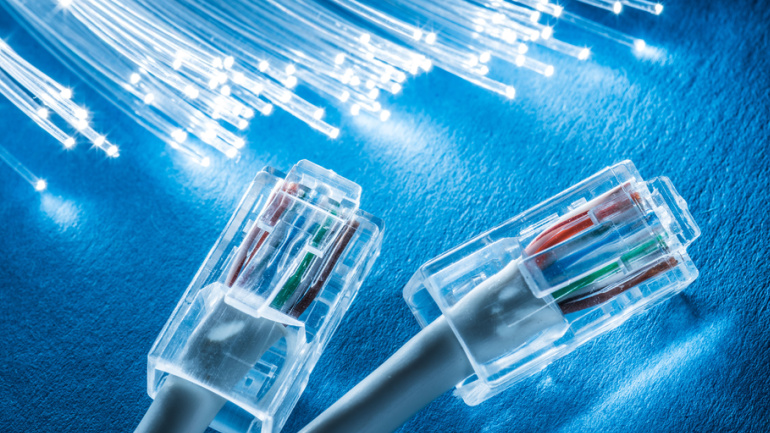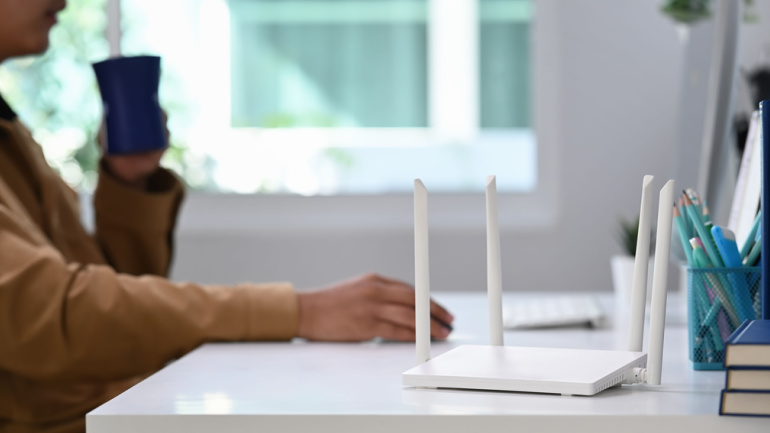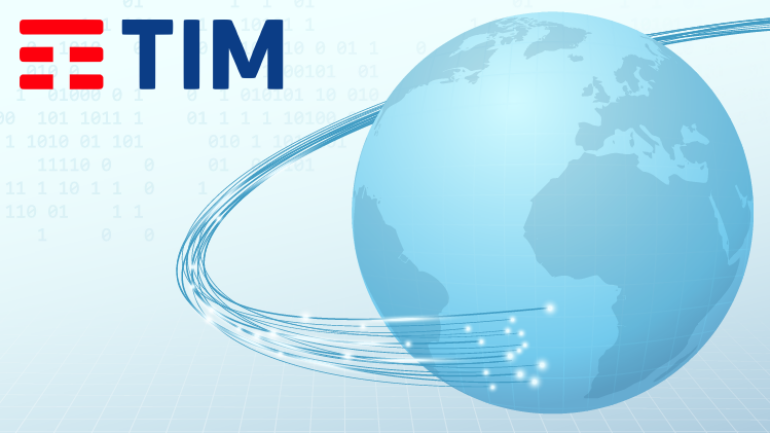As Germany’s “Gigabit funding 2.0” program faces potential budget reductions, there’s concern it may throttle the rollout process with overcrowded construction capacity, causing a potential lag in projects. Meanwhile, the Federal Ministry for Digital Affairs declares a €3.6 billion allocation for the ourishing fibre-optic network industry.
Ofcom has introduced new regulations mandating that internet service providers (ISPs) clearly state whether their broadband uses full-fibre, part-fibre, copper, or cable networks. This aims to eliminate confusion among consumers by providing transparent information on network technologies. By making informed comparisons, customers can better choose the right internet services.
A new high-capacity data backbone spanning the UK, Netherlands, Germany, Denmark, and Norway promises increased capacity and redundancy. XL Axiata and Ericsson team up to integrate 4G and 5G services into a cloud-based network. AppDirect introduces AppDirect AI, a secure marketplace allowing users to create AI apps without coding. Cynomi expands its vCISO services to European MSPs and MSSPs, prioritizing data localization.
A recent survey among telecom and IT engineers at communications service providers (CSPs) indicates a positive outlook on the role of artificial intelligence (AI) in enhancing network performance and driving revenue. Conducted by Ciena and Censuswide, the survey involved over 1,500 telecom professionals from 17 countries.
Airtel Africa is redefining its enterprise, anticipating to leverage Africa’s burgeoning digital sector with the advent of its novel fibre wholesaler, Telesonic. The subsidiary will harness the power of Airtel’s vast terrestrial fibre network, bolstered by the firm’s stake in the pan-African submarine cable, 2Africa.
Several prominent German telecoms associations, including ANGA, Bitkom, BREKO, BUGLAS, and VATM, have united in a call to the German government, urging a reduction in funding for fibre-optic projects. Citing concerns over the overwhelming response to the German Gigabit funding program, the associations propose a cut in funding to €1 billion between 2024-2026.
The US government has recently provided clarity regarding foreign equipment purchases under the Broadband Equity, Access and Deployment (BEAD) programme. The emphasis is on minimizing exceptions to ‘buy American’ rules, particularly reflected in the fibre-optic sector. Notwithstanding, one significant provision allows sourcing glass used in fibre optics from overseas. This comes as a relief for firms worried about supply sufficiency and costs. The spotlight of foreign vendors, meanwhile, is potentially electronics, with proposed exemptions including most semiconductors.
Significant growth in lit fibre connectivity emerges in small US commercial buildings, but over 3.8 million sites still lack access. Despite high demand for reliable internet, only 19.1% of buildings with less than 20 employees enjoy lit fibre access, prompting more investment in nationwide fibre expansion efforts.
EllaLink and EXA Infrastructure join forces to offer a high-capacity, direct transatlantic data route, connecting Europe and South America for unprecedented network performance. Closing the connectivity gap, this collaboration strengthens Portugal’s position as a southern European digital hub.
TIM, also operating under the name Telecom Italia, is the largest Italian telecommunications services provider, offering telephony and mobile services as well as DSL data connectivity. The company has made every effort to maximize coverage in its fibre-optic rollout, bringing ultrabroadband to underserved areas and covering more than 2,000 districts in about 5 months. This increase in infrastructure is a key advancement in Italy’s growing need for connectivity in rural and sparsely populated areas across the country. As a result of this deployment, approximately 65% of households in these areas now have access to a high-speed connection, and in a short period, this initiative has taken an important step in bridging the digital divide in the country that TIM aims to fill by 2021. The fibre network currently covers 86% of the Italian population and it TIM aims to increase this figure to 90% by December, 2020. Although…













